TRILUX Track lights and accessories


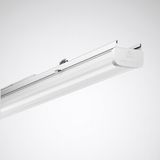





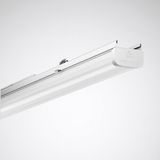



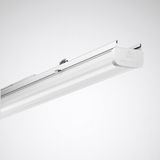







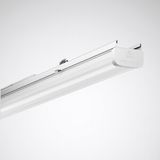
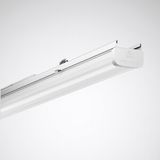


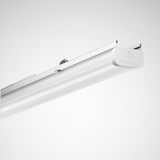

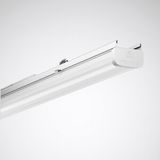
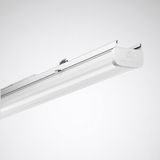



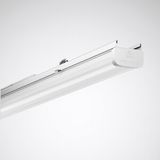
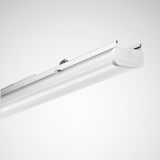
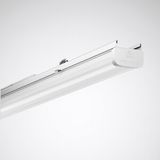


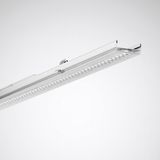
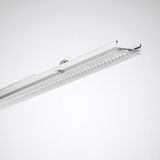
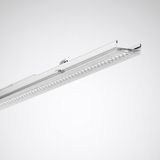

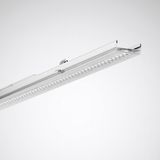
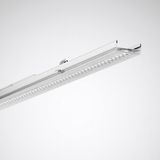
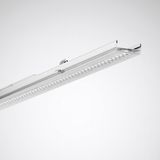
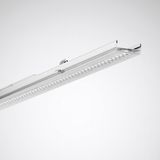

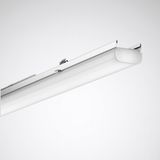
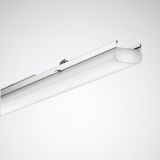



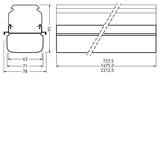
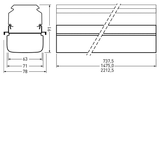


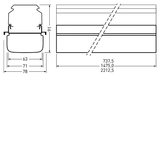
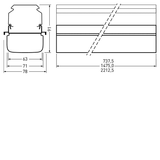

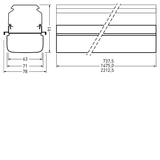
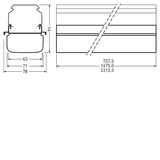

trilux track lights range and beam control
Specifiers use trilux track lights for focused, serviceable illumination that holds photometry from mock-up to handover. Expect 220–240 V AC on 3-circuit or DALI tracks, efficacy around 110–160 lm/W, CRI 80/90/95 options, and tight binning (SDCM ≤ 3). Optics cover 10–60° plus oval/ellipse; glare is managed with deep-set reflectors and accessories like honeycomb or snoot. Thermal paths keep tc ≤ 80–90 °C at ta 25–35 °C so lumen maintenance tracks the datasheet L80/L90 projections.
trilux track lighting systems electrical architecture and control
Campus deployments prefer trilux track lighting systems with mixed circuits: one unswitched, one switched, one dimmed, or a DALI bus for scenes. Inrush and A²s values are documented for MCB/RCBO selection; surge 2–4 kV L-N is typical. Lead lengths to heads stay short to limit EMI; 360° shield clamps at gland plates apply when track feeds enter metal trays. Emergency points integrate by address on DALI or via maintained feeds on conventional rails.
trilux led track spotlights photometric performance and optics
Merchandising needs punch without sparkle artifacts. trilux led track spotlights pair COB engines with field-changeable lenses and precise cut-off, keeping UGR under control even at tighter beams. CCT spans 2700–4000 K as standard; special spectra (Food, Fashion, Art) deliver CRI 90+ with R9 > 50. Lumen packages range from 1000 to 6000+ lm; dim floors down to 1 % on DALI-2 DT6 keep scenes stable for camera work.
trilux track lighting accessories configuration and EMC practice
Commissioning is faster when trilux track lighting accessories share one footprint and pinout. Adapters, joiners, live ends, X/T/L connectors, barn doors, and glare-control kits are keyed so polarity and earth continuity can’t be reversed. IP20 is standard indoors; IP40 shrouds exist for dusty aisles. Document torque windows (0.6–1.2 Nm) and strip 8–12 mm for terminations; publish loop-through limits per 230 V circuit considering PF and THD.
trilux adjustable track heads aiming, service, and thermal behavior
Retail moves, so trilux adjustable track heads must hold position and repeat angles. Lockable pan/tilt with degree scales keeps aiming consistent; service covers quick-access front rings for lens swaps and rear-access driver bays. Heavier heatsinks (≤ 6–8 K/W thermal resistance) are recommended above 3000 lm. Note tc locations on drawings so maintainers can verify margin in warm façades and under skylights.
trilux retail track lighting applications and zoning
Aisles, gondolas, and window displays benefit from layered scenes that ride the day. trilux retail track lighting uses narrow beams for hero products, medium beams for runs, and soft floods for mannequins or back walls. Presence/daylight links trim kWh outside trading, while night-safing holds 5–10 % for security. Mounting heights 2.7–6 m are common; keep beam-to-height ratios around 1:1 for punch or 1:2 for softer gradients.
trilux track mounting kits mechanical details and safety
Ceiling substrates vary; trilux track mounting kits cover concrete, grid, and purlin with seismic or anti-vibration options where required. Use manufacturer span/load tables, allow thermal expansion gaps on long runs, and maintain PE continuity across joins. IK ratings depend on bracket selection; coastal interiors may need stainless hardware. For clean ceilings, power-over-suspension kits reduce visible cabling on pendants and keep EMC predictable.
Procurement and logistics for rollouts
Bankoflamps ties sourcing to your commissioning windows. You get project-specific pricing, quote responses in roughly an hour by EAN/MPN, and live EU stock before lifts or night work are booked. The portal shows lead times, order status, and downloadable price lists with validity windows you can plan against. Trusted clients can use post-payment up to 30 days. We consolidate shipments so rails, adapters, heads, drivers, emergency parts, and aiming tools arrive room-bundled, and your account manager cross-checks optics, currents, IP/IK, inrush/MCB data, shield strategy, and labelling against your drawings—keeping deliveries site-ready across France, the Baltics, Germany, Spain, Italy, Belgium, and the Netherlands.
Technical specifications and standards
- Power: 220–240 V AC 50/60 Hz, 3-circuit and DALI rails; PF ≥ 0.95, THD ≤ 10–15 % at driver level.
- Photometry: 10/15/24/36/60° beams plus ovals; CRI 80/90/95; SDCM ≤ 3; flicker PstLM ≤ 1.0, SVM ≤ 0.4 with matched drivers.
- Environment: ta −20…+45 °C typical indoors; tc points marked; IP20/40 assemblies; surge 2–4 kV L-N.
- Compliance: EN 60598-1/-2-xx (safety), IEC/EN 61347 & IEC 62384 (control gear), EN 55015/61547/61000-3-2/-3-3 (EMC/power quality), LM-79/LM-80/TM-21 (evidence for photometry and lifetime).
- Wiring: 0.5…2.5 mm² Cu; strip 8–12 mm; terminal torque 0.6–1.2 Nm; SELV/mains segregation maintained in supply boxes.
Selection notes for B2B teams
Fix the task and mounting height, then choose lumen package and beam. Confirm control (DALI-2, switched, or mixed rails), emergency strategy, and address plan. Publish circuit limits per MCB type with inrush, and record aiming data (pan/tilt, lens code) in the as-builts so store moves don’t reset the design intent. For multi-phase rollouts, lock CCT/CRI and adapter family to keep spares lean.